«This haystack already belonged to my grandfather and maybe his grandfather. That's what got me from my parents. That's why I don't want to see this getting lost,” says D. Otília, 77, who lives in Corte d'Ouro, in the parish of Ameixial, in the mountainous interior of the municipality of Loulé.
The hayloft you talk about is a circular construction, in dry stone, covered by a thatched roof, made with rye straw, and very characteristic of this mountainous area of the Eastern Algarve. This is one of the few still standing.
In Mealha, in the neighboring municipality of Tavira, there are «about ten or twelve» of these conical haystacks, but they are all «uncovered», says Manuel Francisco, 80 years old, husband of D. Otília. "It's bad getting someone to do this job."
Last Saturday, in the yard around the former Corte d'Ouro primary school, Mr. Manuel Francisco showed a group of Portuguese and Spanish journalists how the rye stalks intertwine to make the mats that will once again cover the area. haystack, shaping its thatched roof.
Seeing his callused hands working quickly, the task seemed easy enough. “I've already learned, I've seen him do this many times and I've tried it. But it is not easy. There is a turn there that still makes me confused», says Susana Calado Martins, from Baroque – Cultural and Touristic Products, a company that is part of the QRER cooperative. It is Barroca who, on March 23, will be responsible for a workshop with volunteers who will learn to make treadmills, as part of the preparation for the Ameixial Hiking Festival.
«I'm going to use this sauce, which is cut of rats», explained Manuel Francisco, taking part of a sauce and putting it in water, in an old bathtub. Transporting the bales of harvested rye is the task of Marco António Santos, also from Barroca. "I don't have any way to make the mats," confesses Marco, with a smile.
Manuel Francisco is one of the few who still know how to weave the rye to make mats. But he can't do the job alone anymore, so he and his wife need help.
In 2014, the Ameixial Hiking Festival decided to give this help, to prevent the Corte d'Ouro's haystack from getting lost, and it was its volunteers who helped with the restoration of the roof.
Now, the vegetation cover is in need of new intervention. «This has to be done at least every four years», explains Susana Calado Martins, herself an apprentice of the technique.
So, on the 23rd of March, there will be a workshop in the yard of the old school, with the registrations already sold out, to learn how to make interwoven rye mats. Then, at the end of April, on the 27th, during the Walking Festival Ameixial (WFA), participants will be able to help place them on the hayloft roof, redoing its thatch roof.
João Minister, from the company Proactivetour and from QRER, which promotes the WFA, he explained to journalists, including the reporter from Sul Informação, that «every year, at the festival, there is an action to support the heritage and, this time, the restoration of the barn roof of the Corte d'Ouro, which is a well-known heritage element, will take place again».
«With the help of the owners, who are the ones who still know the technique, we are going to promote this activity. And we hope that this haystack will be able to maintain its function for a few more years”, he added.
But don't think it was easy to find suitable rye to redo the thatched roof. The rye that is sown in the country is almost all harvested with machines, which breaks the stalks. And for that task, stalks of hand-mown rye are needed…a rarity.
The search for the perfect rye brought searches on the internet and even on Olx. And there we ended up finding the necessary material…in Porto. “We went to Porto on purpose to get the harvested rye,” said João Ministro. "This is a portrait of what is happening in the Algarve and in the rest of the country, with the abandonment of the rural world, which entails the loss of these activities".
But, in the meantime, with the help of José Fernando, the president of the Parish Council of Ameixial, good news has already emerged: «I spoke with a gentleman here in the area, who knew we were looking for mown rye and he says he will. sow, so that next year we have rye from here», revealed João Ministro, at the end of the journalists' visit. "It's good news, not least because a traditional culture is resumed."
While the Algarve rye is not enough, the remedy is to recover the roof with this thatch traveled. And, on April 27th, participants of the Walking Festival Plum they will be able to participate in the work of placing the handmade mats on the conical roof of the haystack.
This will be just one of the many activities on the program of what was the first hiking festival in the Algarve, which is now in its sixth edition and this year will take place between 26 and 27 April, with its epicenter in the small village of Ameixial, in on the edge of the EN2.
During these three days, there will be many hikes with varying degrees of difficulty (one of them at night), activities for children and families, workshops and lectures, dances, gastronomy, all discovering the mountainous interior of the municipality of Loulé.
O WFAMore integrates the calendar of Algarve Walking Season, which promotes the Algarve as a year-round walking region. The official launch took place last weekend, with the VI Alcoutim Hiking Festival, which was a success. It also integrates the Baron de São João Walk and Art Fest (Lagos), scheduled for 1 to 3 November.
To make all this known, the QRER promoted, last Friday and Saturday, a press trip with Portuguese and Spanish journalists.
Photos: Elisabete Rodrigues | Sul Informação
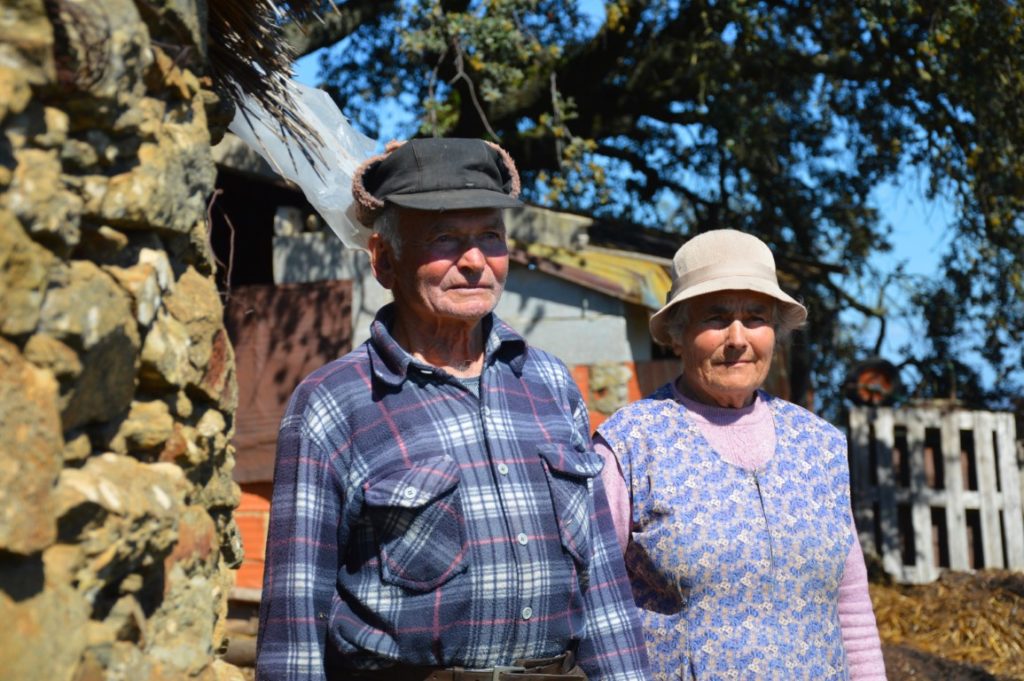
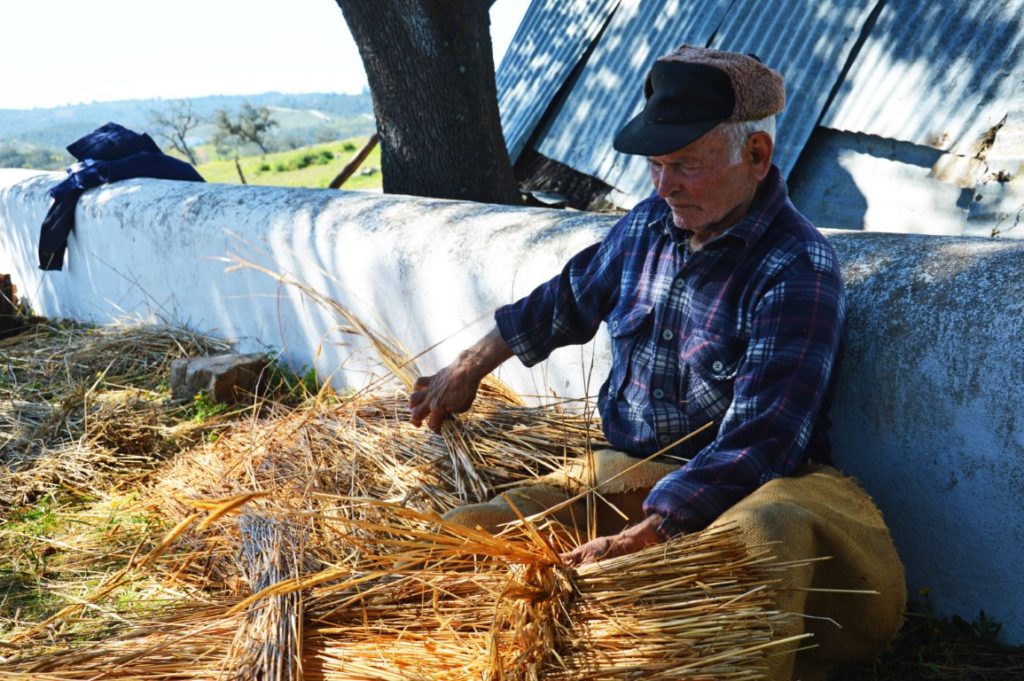
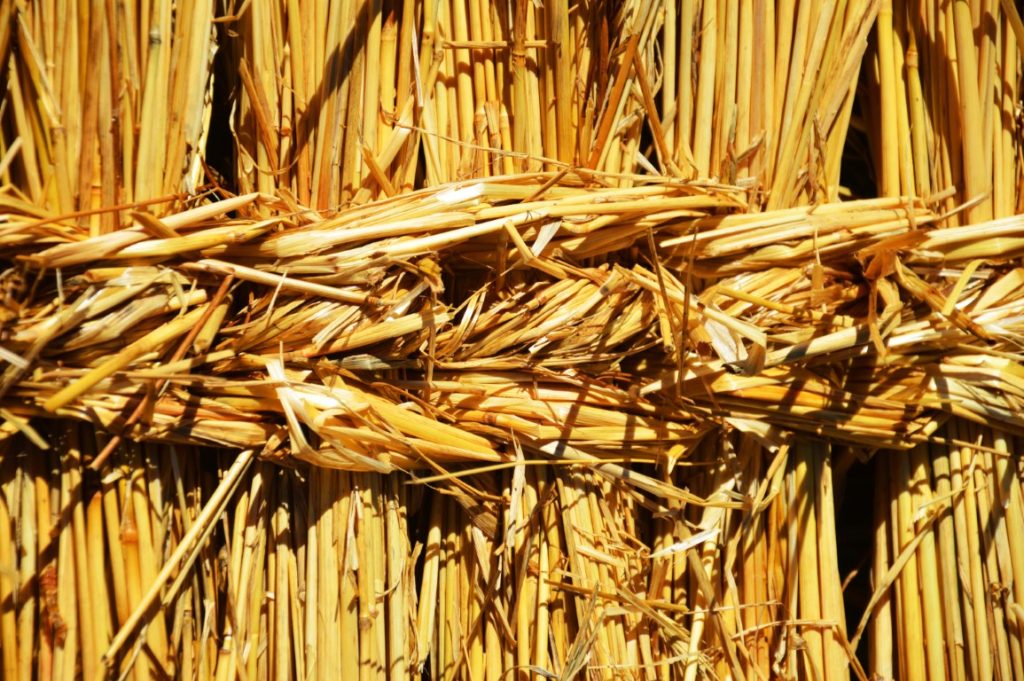
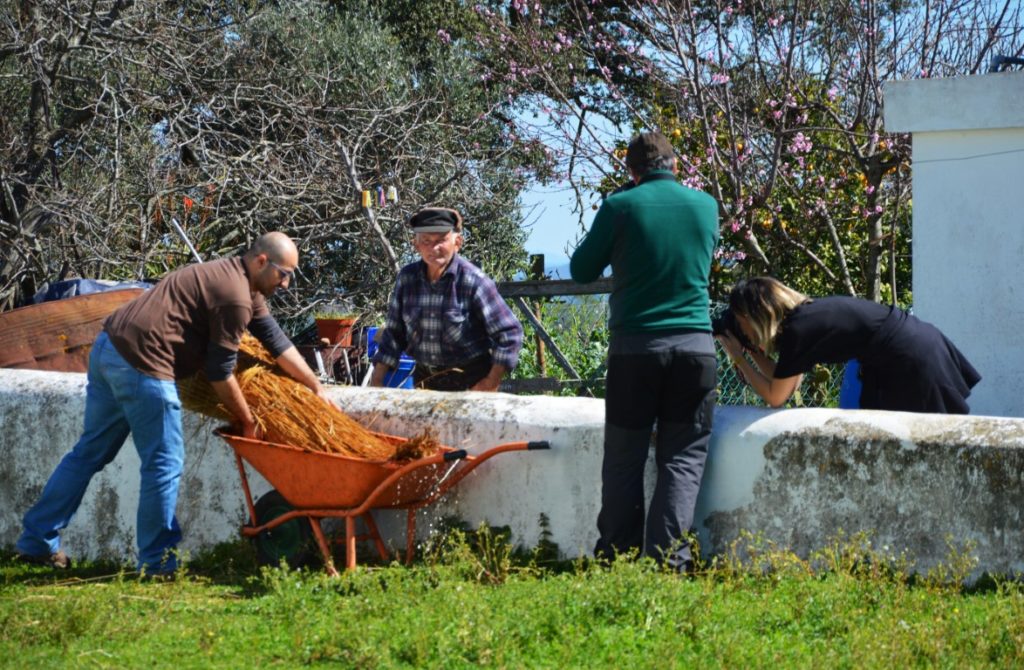
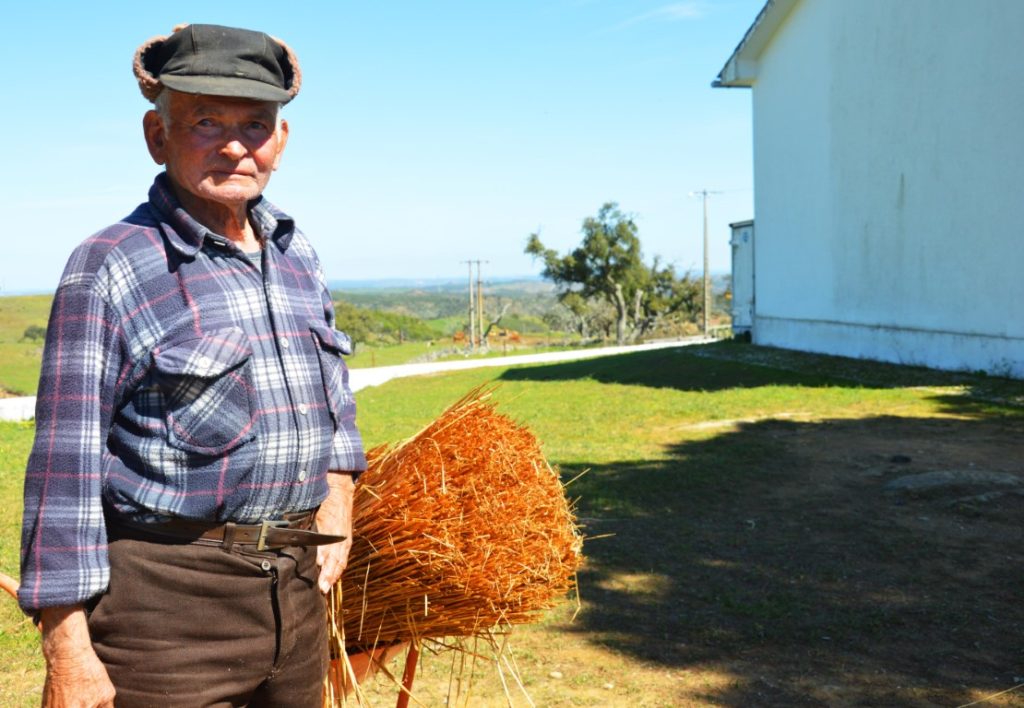
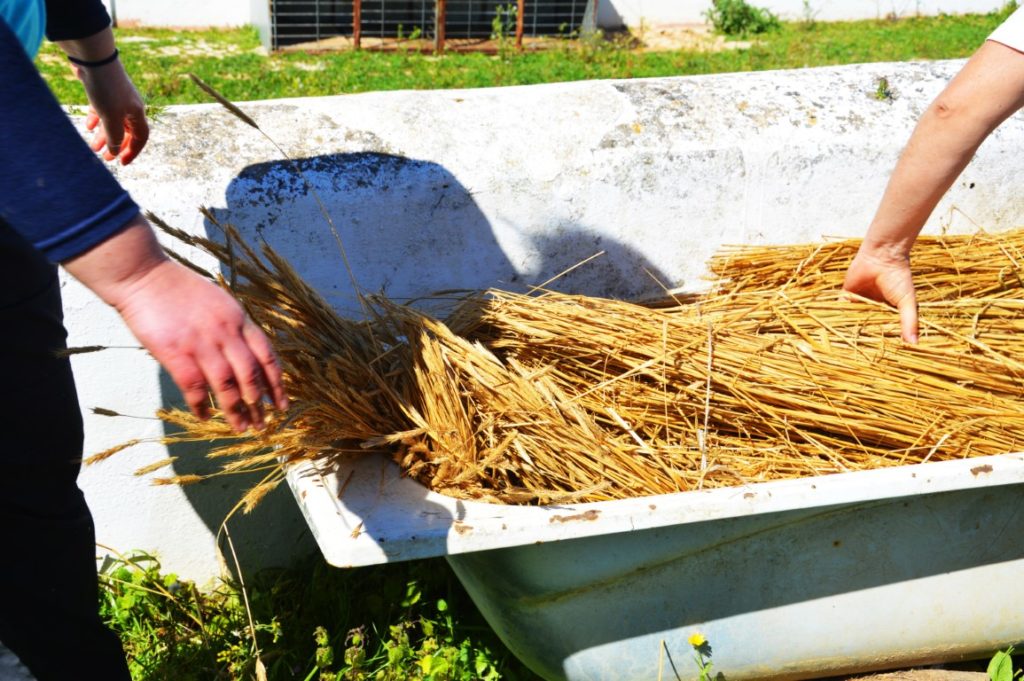
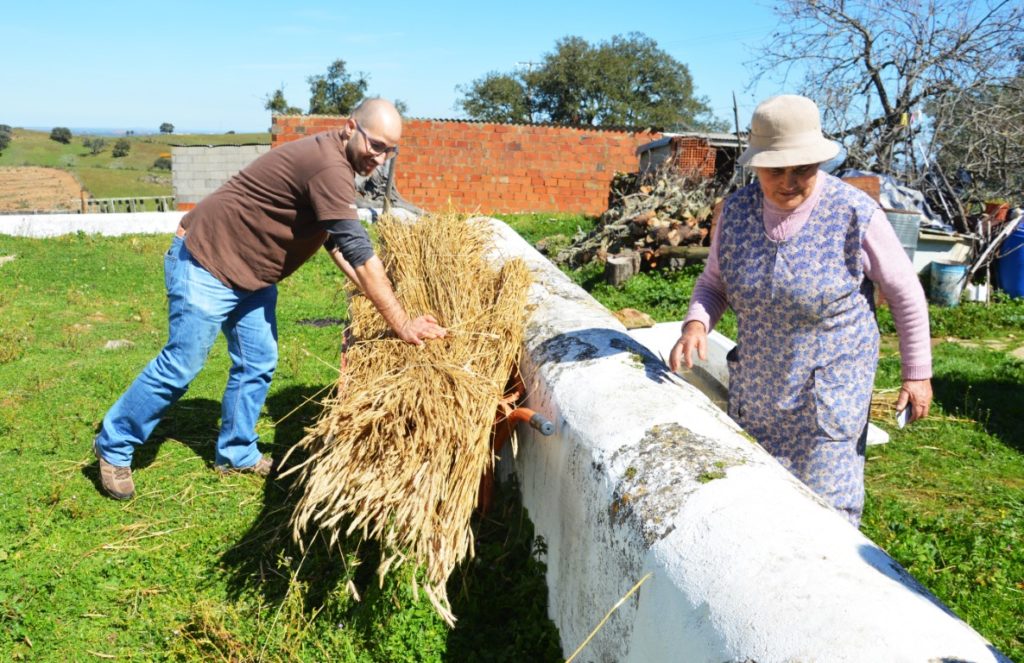
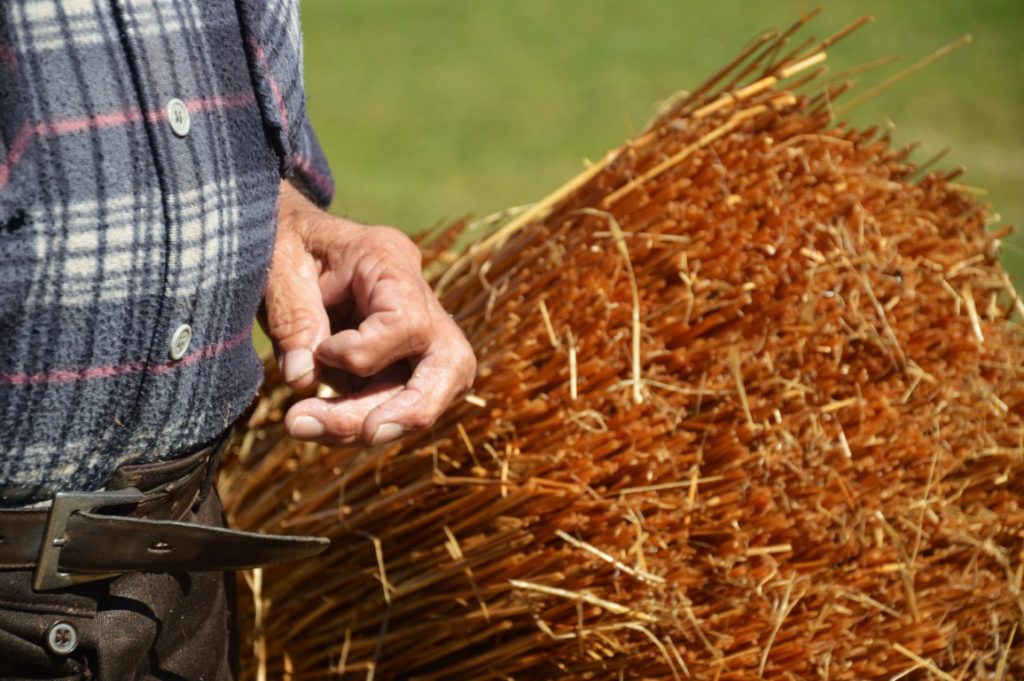
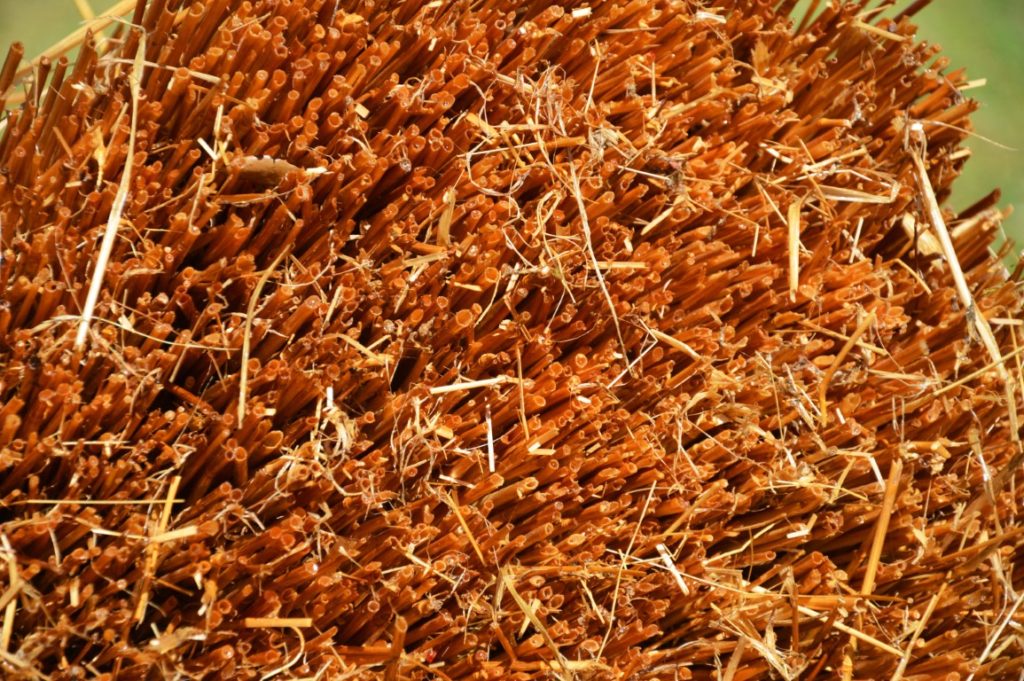
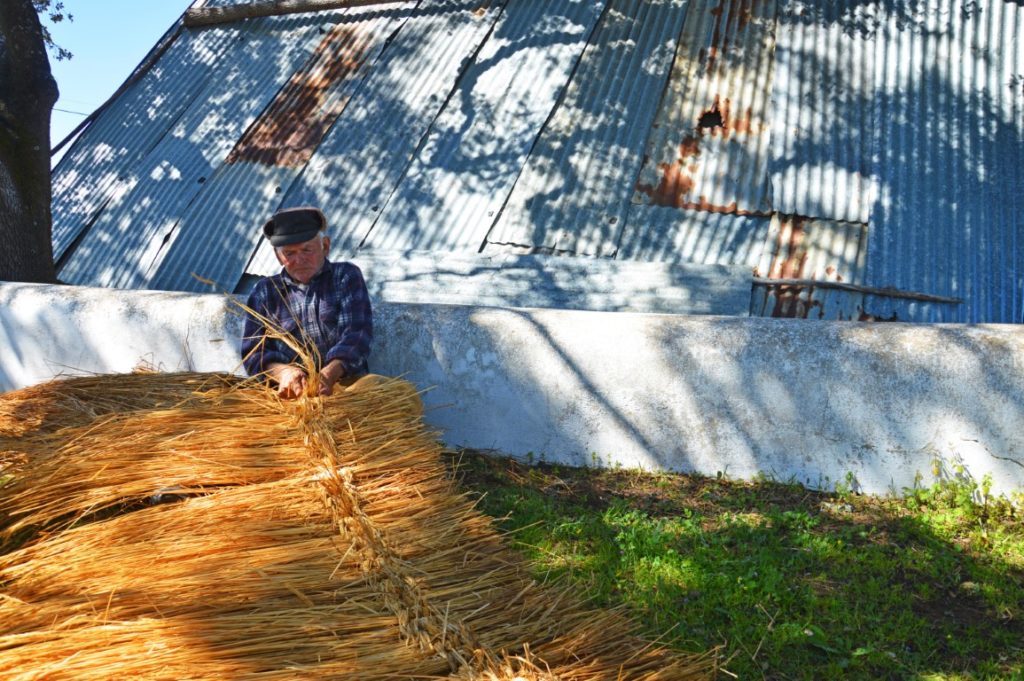
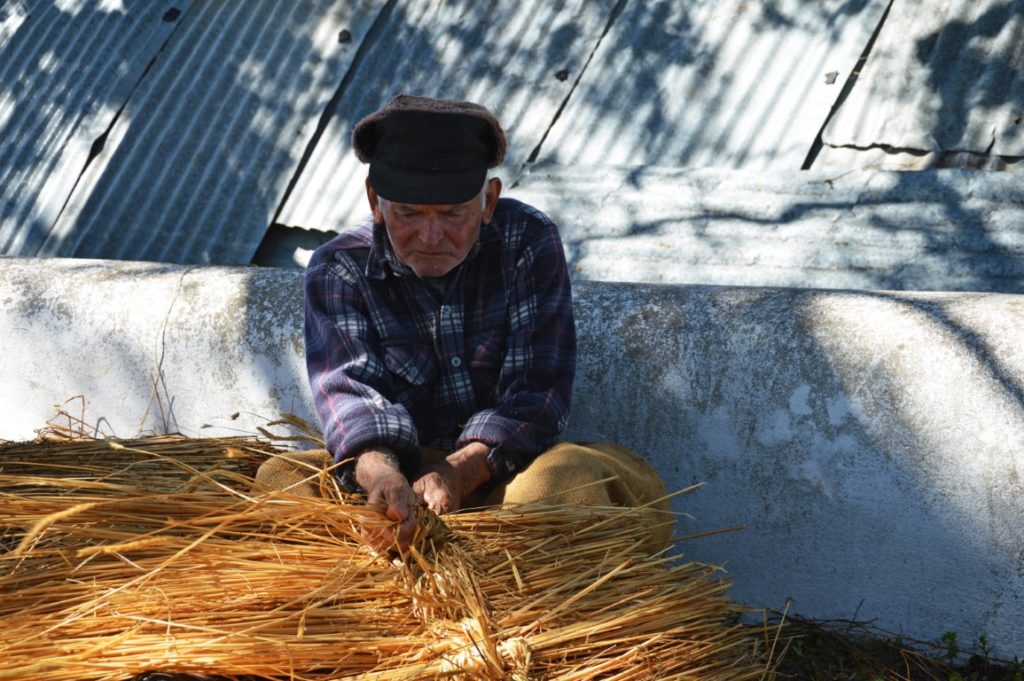
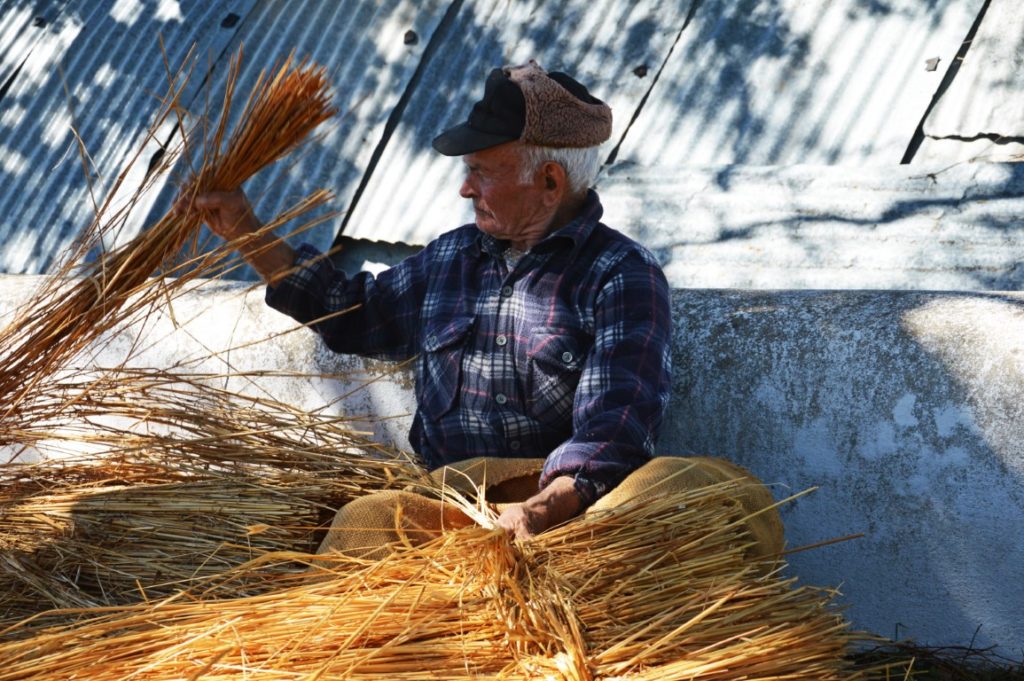
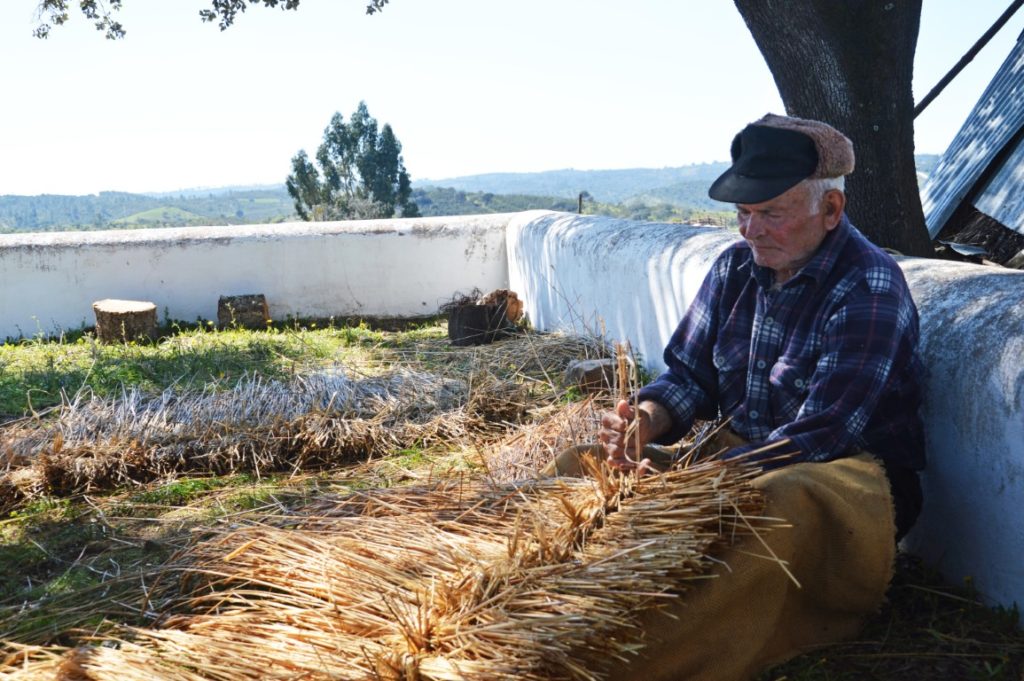
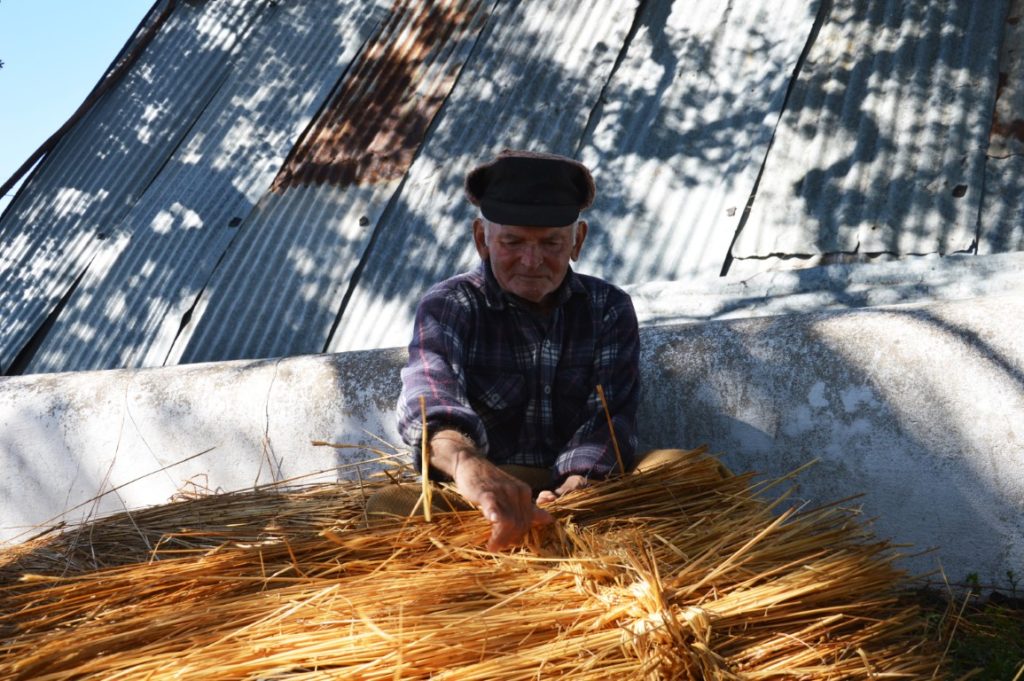
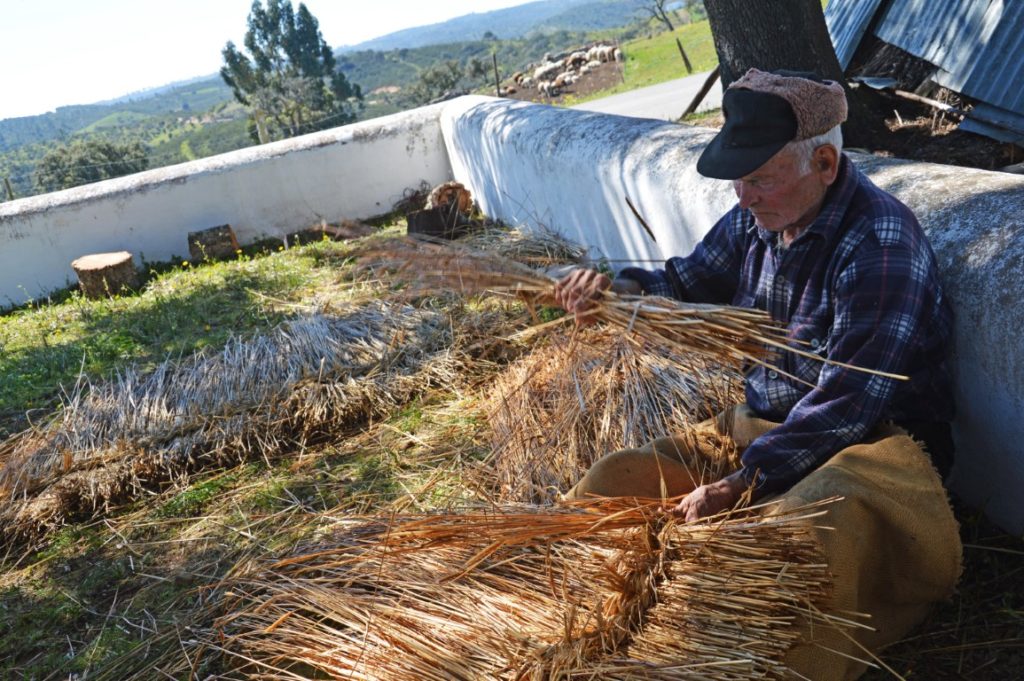
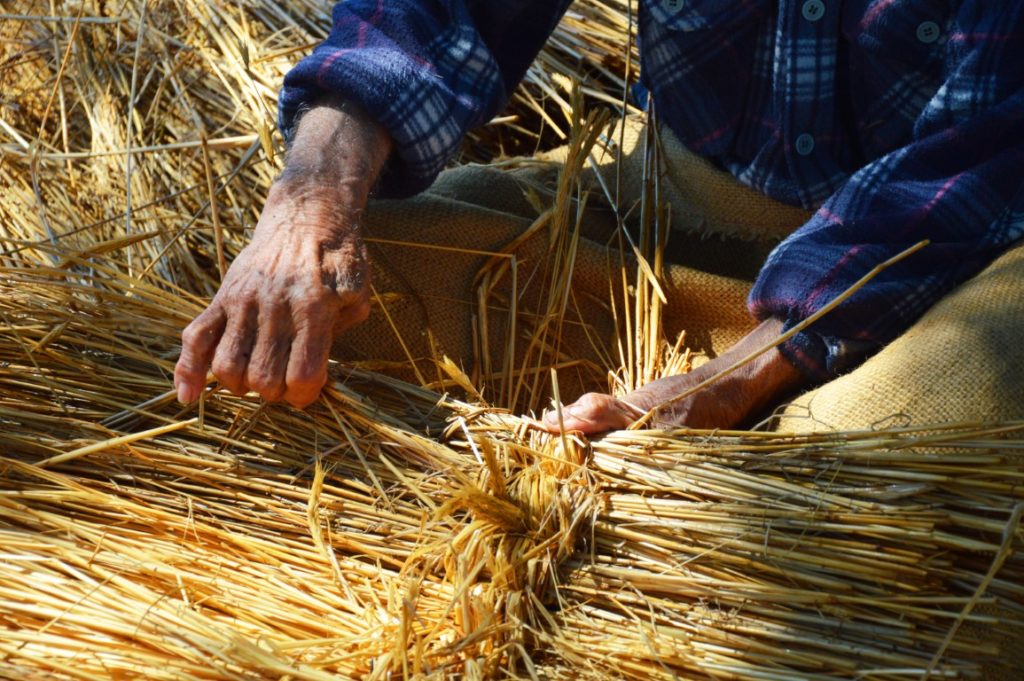
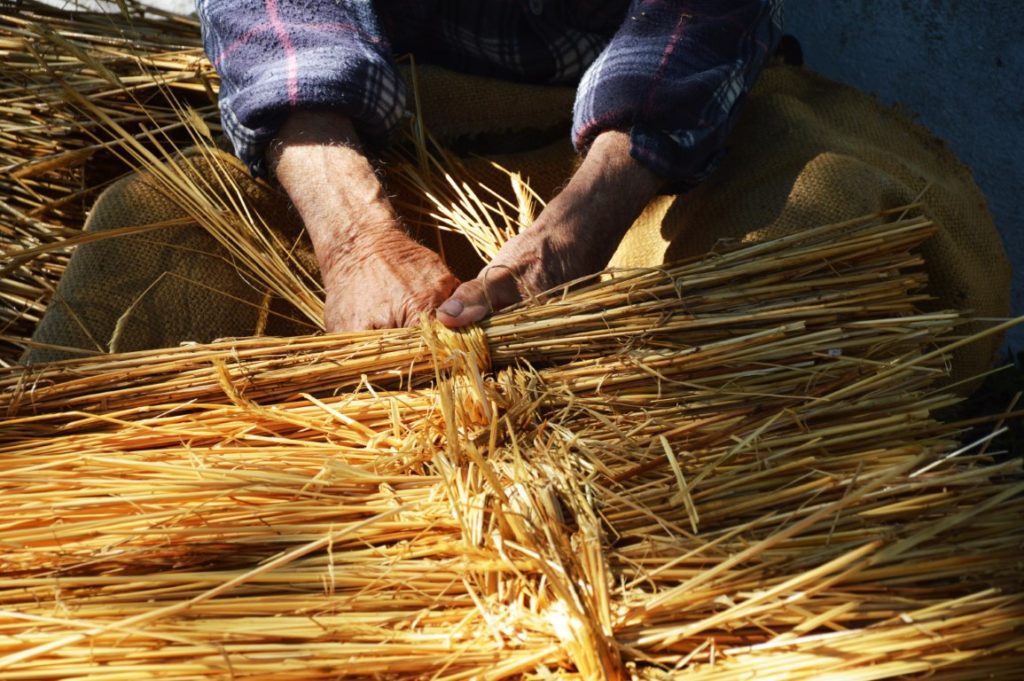
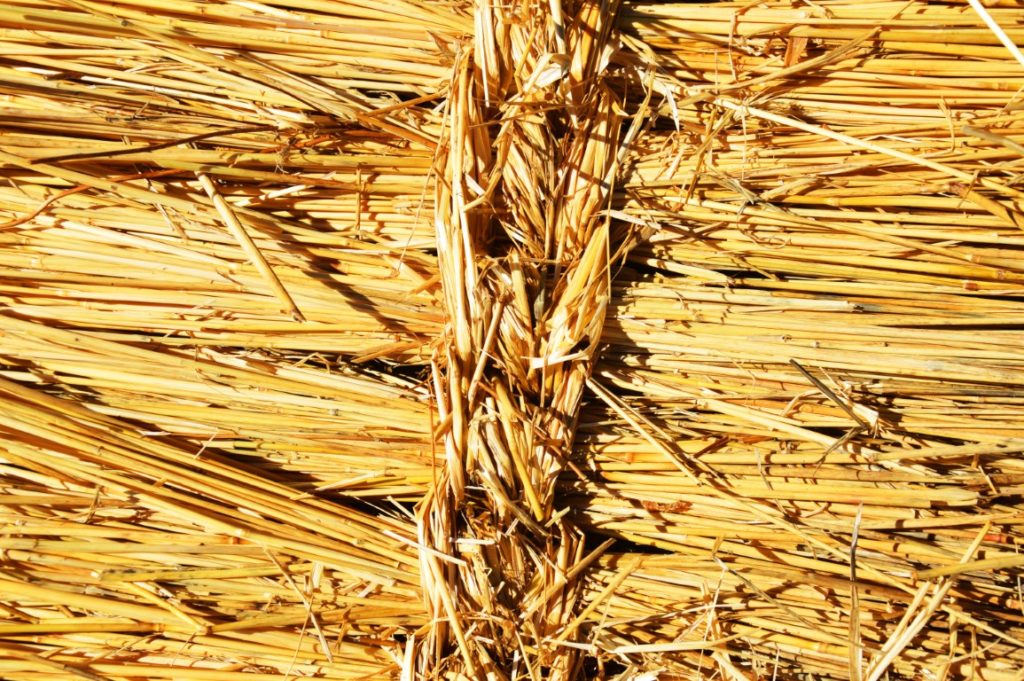
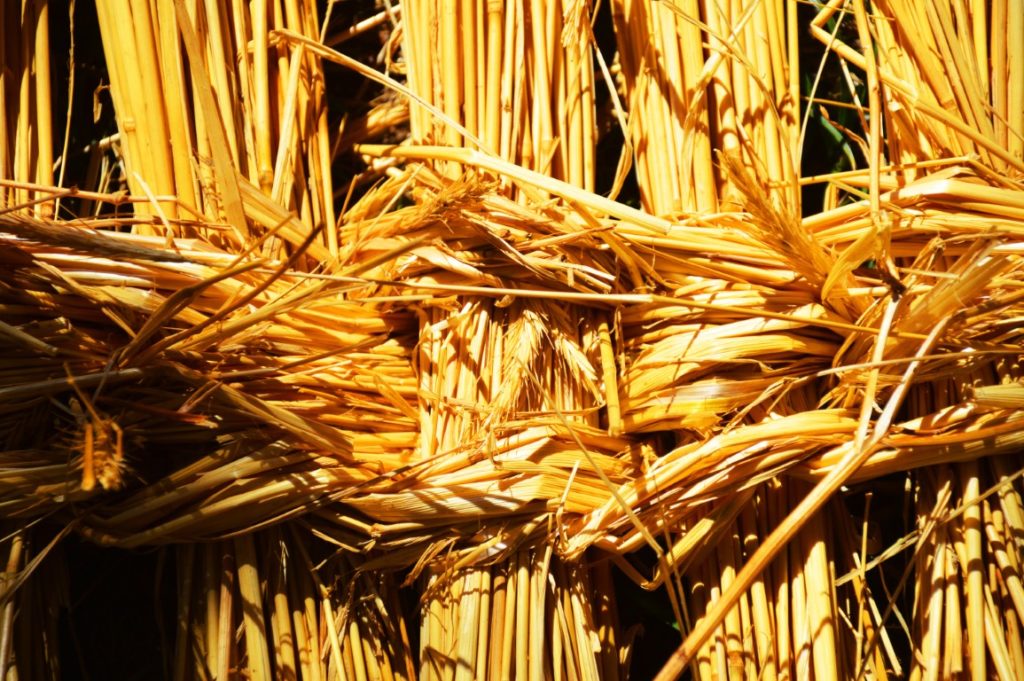
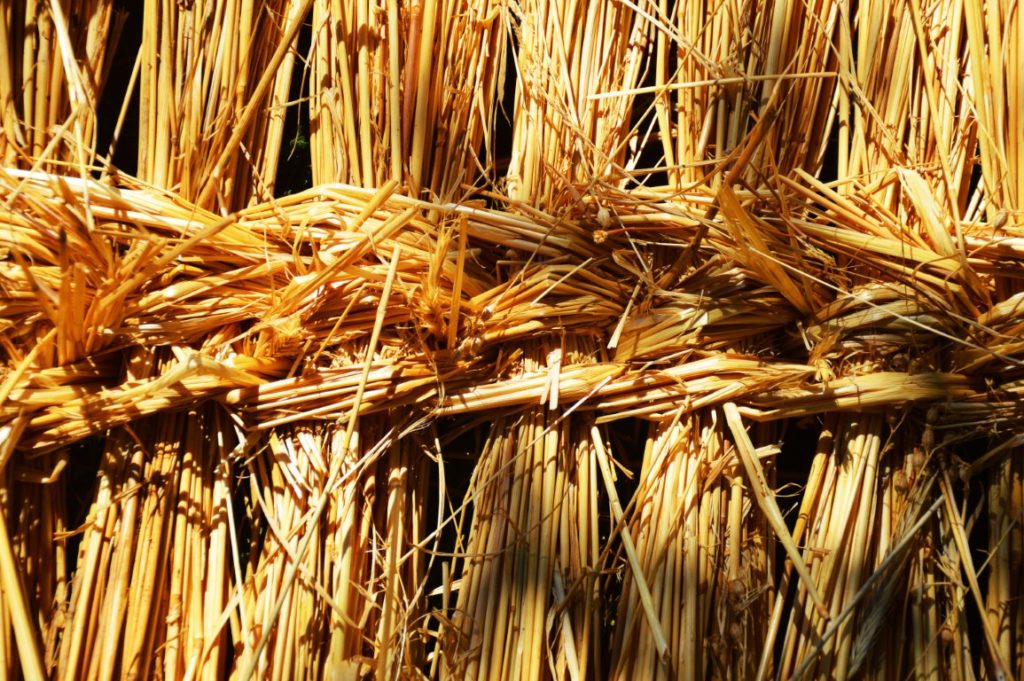
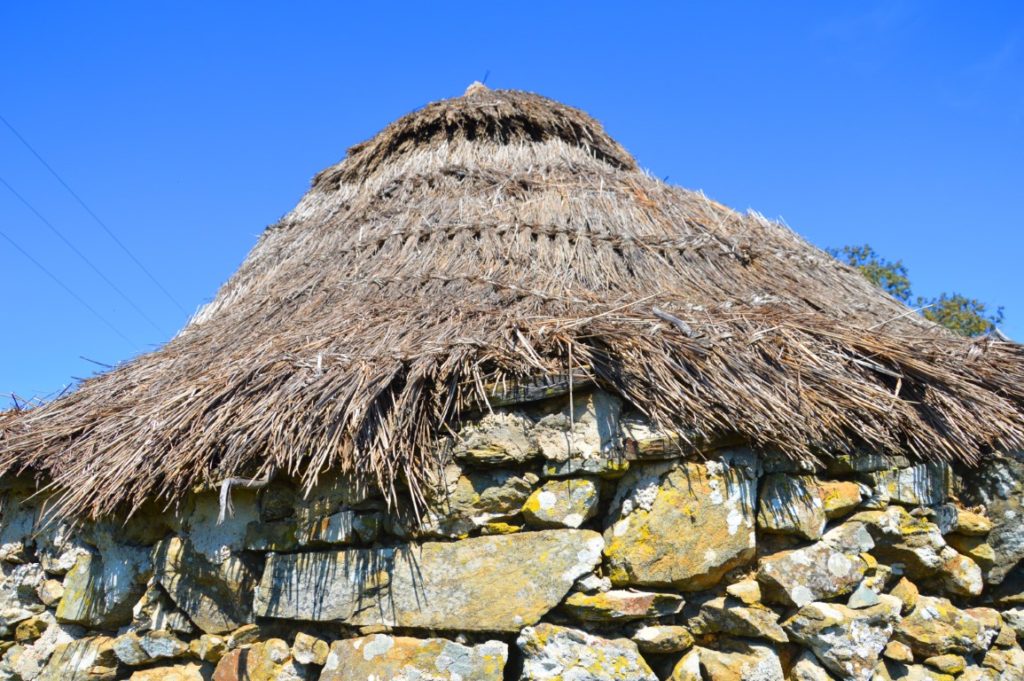
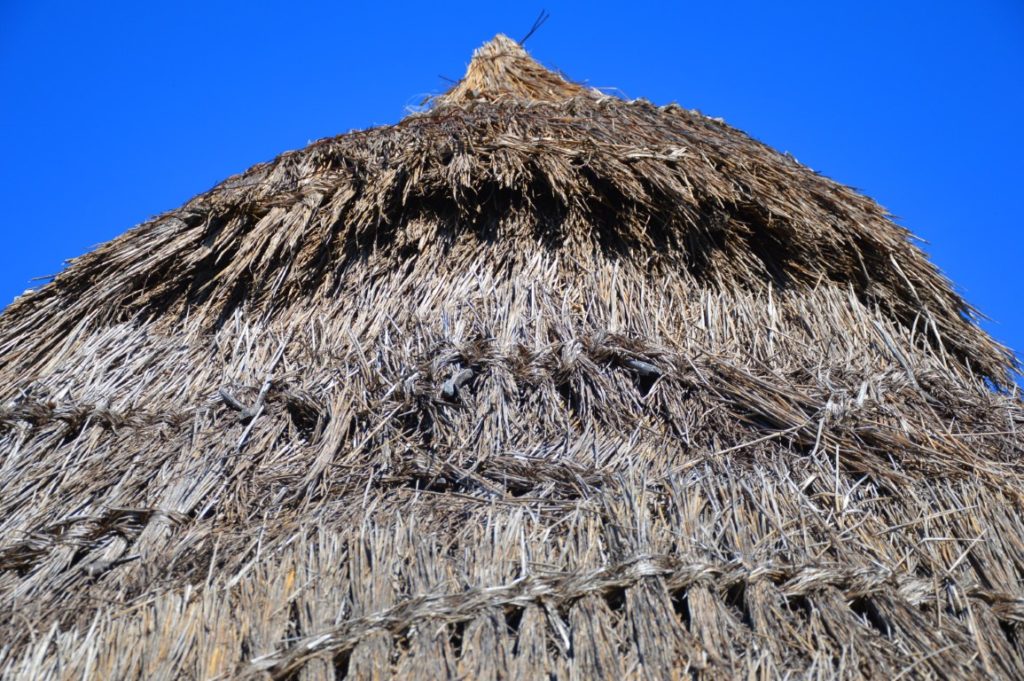
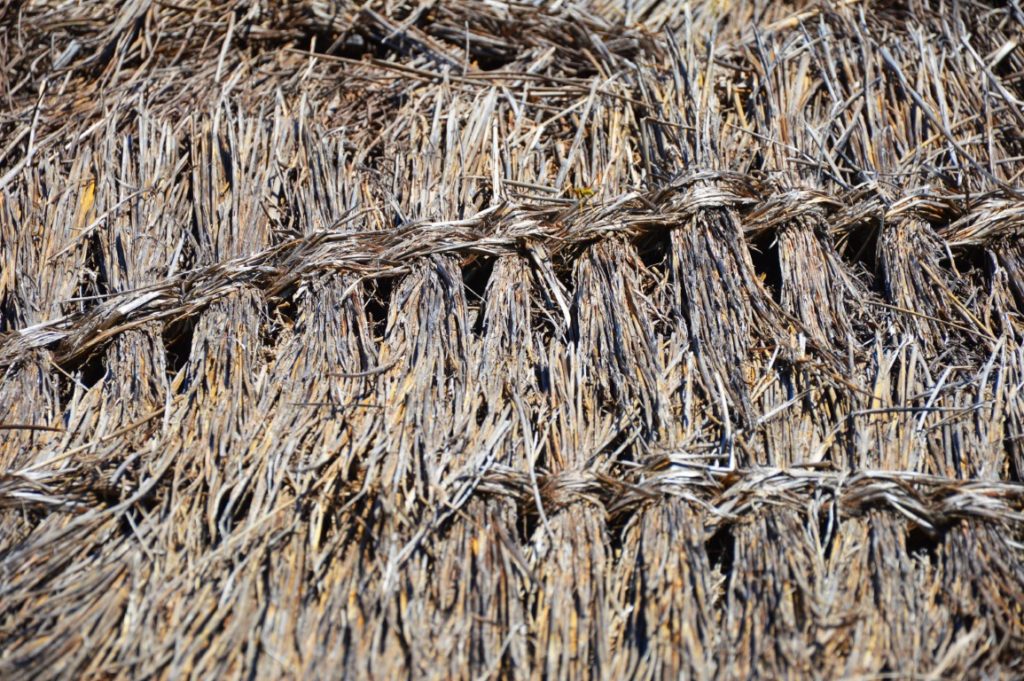
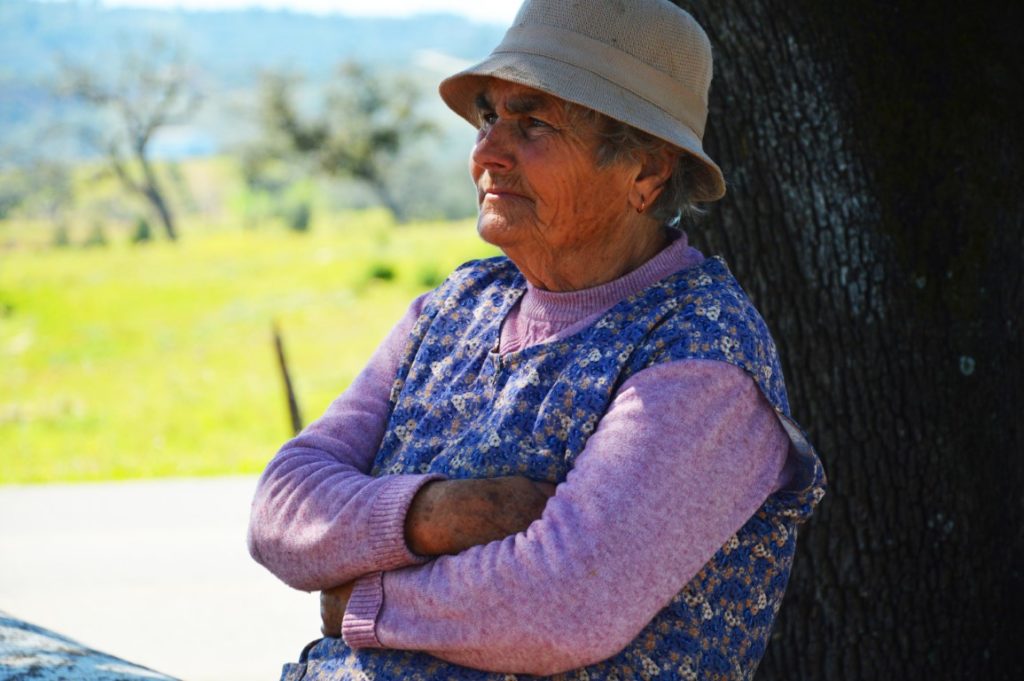
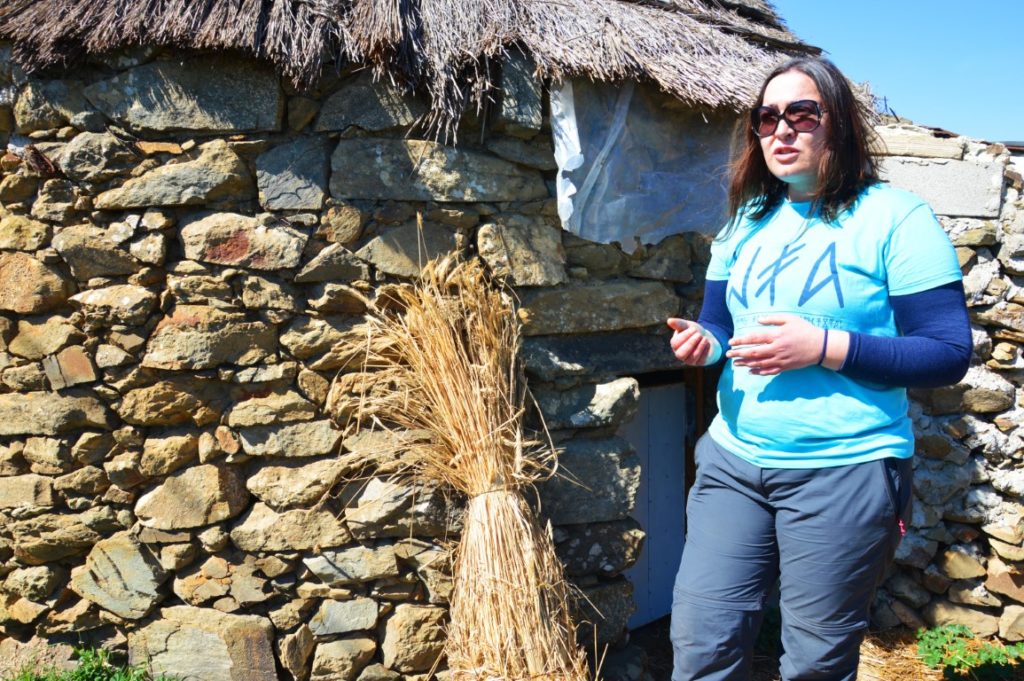
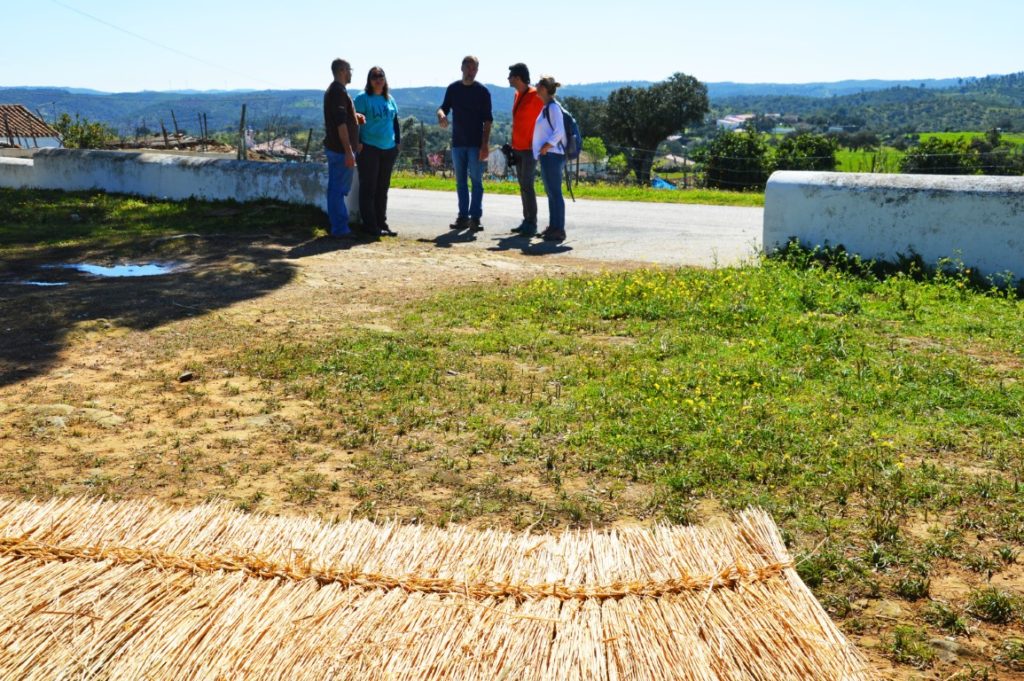
















Comments